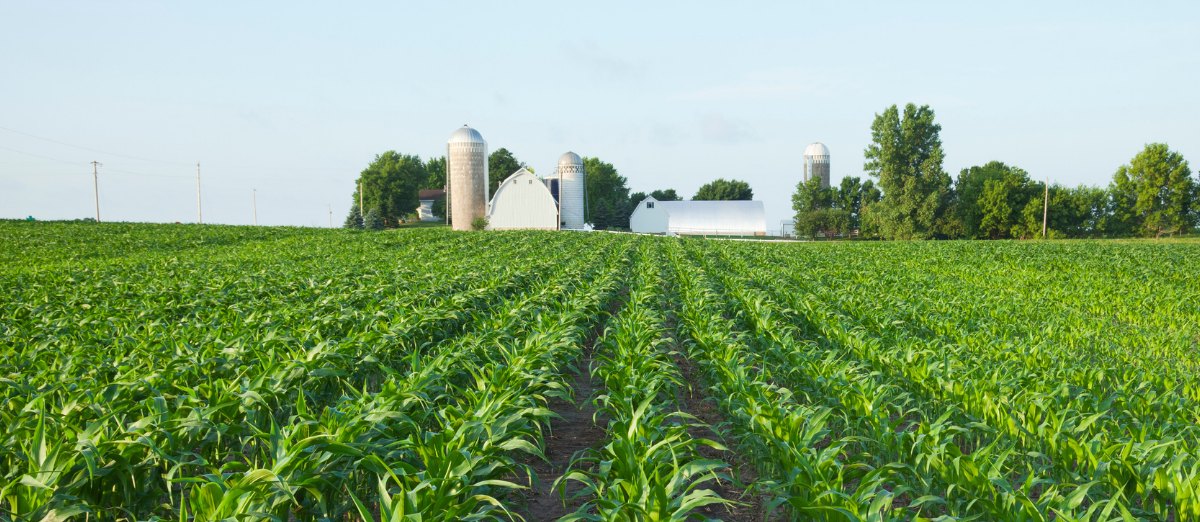3 Tips for Farm Management During Rising Inflation
3 Tips for Farm Management During Rising Inflation

With input prices on the increase and so many things changing with our economy, it is important that producers think about how to manage during rising inflation. There is nothing that we can do to control the prices that we have to pay for products, we can only make sound management decisions about what we purchase and how we manage cash, and the cost of money that is borrowed.
1. Hold onto Cash
Many grain producers currently have more cash on hand than in the past. A phenomenal growing season last year, coupled with increasing prices for stored crops helped to create this cash influx. Many times when there is excess cash available, producers look for ways to use that cash to benefit them over the long run. Producers may be tempted to pay off some long-term debts or pay cash for large capital purchases. During this current environment, it may be wise to hold onto larger reserves of cash. The high input prices associated with the 2022 crop and the current uncertainty around getting the crop planted have caused much stress over this year’s crop being able to cash flow. Therefore, cash reserves may be needed to offset any shortfalls in being able to pay back associated expenses. Having cash reserves will potentially prevent, or limit, the need to refinance operating expenses over a longer period.
2. Lock in Interest rates
Interest rates are on the rise as well. This typically means that any long-term debt that you have now, may be at a cheaper rate than you could borrow money for in the future. Therefore, there is less incentive to pay off debts at these low rates to turn around and need to borrow money at a higher rate. If you have term loans that are not at a fixed rate, or that will have to be refinanced for a balloon payment in the next few years, it may be wise to talk with your lender about locking in these rates now. Securing lower interest rates for the future could save your operation a substantial amount of interest cost over the life of the loan.
3. Operating Efficiently
Operating efficiently is key during times of rising costs. We have already seen this to be vital in regards to fertilizer. All fertilizer costs have increased dramatically over the price paid for last year’s crop. This has caused producers to be prudent about how much fertilizer they intend to put on the crop. Decisions have been made about the rate applied. Some producers have even decided to use some of the “excess” fertility that they have been banking over the past. Efficiency is also needed in labor resources. Good farm labor is becoming harder and harder to find and even more expensive to keep. Make sure you are using your labor to their best ability. As hard as the decision can be to eliminate positions, it may be necessary. Efficiency can also be applied to machinery. Not only does the size of the equipment make it efficient, but also the need for equipment. Evaluate your mechanical needs. If there are idle pieces of equipment sitting around the farm, you may need to look into selling them. This will provide an additional source of cash and also eliminate insurance and upkeep expenses. Your farm business is just that, a business. You should always be looking for ways to operate at a lower cost while maintaining your profitability goals.
Operating and thriving during a time of rising inflation is difficult. We have all either lived through or heard the horror stories of farming in the 80’s when inflation was high and interest rates were through the roof. Thankfully, we have the benefit of learning from that experience and can start making decisions now that will help manage the risk that we face.
Recommended Citation Format:
Rogers, J. "3 Tips for Farm Management During Rising Inflation." Economic and Policy Update (22):4, Department of Agricultural Economics, University of Kentucky, April 28th, 2022.
Author(s) Contact Information:
Jennifer Rogers | KFBM Area Extension Specialist | jennifer.rogers@uky.edu
